Let’s Talk Flooring
These days, hardwood flooring has become a popular option for renovations. If you are preparing for a home renovation and considering either solid hardwood or engineered hardwood flooring, keep reading to learn why hardwood floors may be the perfect option!
Flooring Basics
Why Hardwood?
Many homeowners are choosing hardwood flooring due to the warmth it can bring to a home and its timeless design. Benefits of choosing this type of flooring include:
- Beautiful, natural, and high-end flooring option, with many variations in stain color and wood grain available
- Sustainability
- Easy cleanup for most messes (no grout to scrub or carpet to stain)
- Stain-resistant
- Long-lasting
- Timeless aesthetic that fits any design style
- Can usually be refinished
- Color won’t fade with proper care
Potential Drawbacks of Choosing Hardwood Flooring
- Some species may scratch or dent easily
- Vulnerable to moisture and leaks
- Not suitable for bathrooms or laundry rooms
- Solids hardwoods are thicker materials that may require reducers at thresholds between wood and tile or carpet (can be a trip hazard)
- Increase acoustics in the house
- Potential slippery surface may be tough on pets – especially older dogs
Engineered vs. Solid Hardwood
A plank of solid hardwood flooring is the same wood species throughout the entire plank. Solid hardwood is installed unfinished, then stained and sealed in place. It is often considered to be the higher-end choice, but the final cost highly depends on the wood species.
Engineered hardwood is made from a top layer of (often) solid wood veneer combined with a composite core material (usually plywood). This core layer may give the top wood layer more durability, depending on the wood species. Engineered hardwood is usually purchased with the top layer of wood veneer pre-finished.
| Solid Hardwood | Engineered Hardwood | |
|---|---|---|
| Pros |
|
|
| Cons |
|
|
Wood Species
All wood species have a different hardness level. This is referred to as its Janka rating, determined by the Janka hardness test. This essentially measures the resistance of each wood species to denting and wear. The most widely available wood species with a high Janka rating, meaning very hard woods, are bamboo, hickory, and maple. Oak is also a really great choice with a Janka rating just below maple. Both white and red oak are widely available in most areas. In the past few years, we’ve seen more requests for white oak than red oak, as it’s lighter in color and can be stained to match multiple design styles. Beech, walnut, and cherry are lower on the Janka scale. They are still considered hard enough to be used for flooring, but may scratch or dent easier. These “softer” species may not be a good choice for homeowners with pets and rowdy kids!
For solid hardwoods, the Janka rating alone is a pretty good indication of how your floor will perform under wear and tear.
For engineered hardwood, the Janka rating of the wood top layer is only part of the equation. You have to consider the thickness of the top layer along with the material of the core layer.
As always, it’s necessary to balance functionality, aesthetics, and cost when making important home renovation decisions. We highly recommend talking with a reputable flooring rep when looking for engineered hardwood flooring. We love ProSource Wholesale! You can apply here to become a member and access wholesale pricing. (Don’t forget to tell them your friends at Irwin Construction sent you!)
| Material | Pros | Cons |
|---|---|---|
| Maple |
|
|
| Red Oak |
|
|
| White Oak |
|
|
| American Walnut |
|
|
| Hickory |
|
|
| Ash |
|
|
| Pine |
|
|
| Mahogany |
|
Hardwood Options
Now that you have the basics of hardwood flooring let’s take a look at some of the most common options!
Maple
This species is considered a very hard wood, is a little difficult to stain, and is an excellent option for dogs and kids. It can be difficult to stain consistently, but can be finished in light or dark stain colors.,
Oak
Red oak features a strong grain and warm tones (with a noticeable red hue). White oak features cooler tones and a smoother grain, and can be stained light or dark stain colors.
American Walnut
This type is a softer wood that may not hold up as well in homes with pets, but the rich color can give a luxurious feel to the home.
Hickory
The graining for this wood species is varied. The design can add a tremendous amount of character to your home! Hickory is considered a very hard wood.
Ash
Ash wood is excellent for contemporary and modern styles and is easily customizable.
Pine
Pine wood contains knotty grain and tends to give off rustic vibes. It can be found in many historic homes.
Mahogany
Mahogany provides a warm, rich look and will give off an old-fashioned feel. Be sure to note the differences between genuine mahogany and Santos mahogany to avoid marketing gimmicks with retailers.
How to Prepare for Hardwood Installation
When preparing for hardwood floor installation, move everything out! Rent a POD or similar portable storage unit and load it up in the driveway. It’s so much easier than cleaning dust off things left in the house or risking damage to your furniture during installation. Installation time highly depends on the type of wood, the square footage, and what existing flooring material you are removing. If you are removing mostly carpet or vinyl and installing prefinished engineered hardwood, you might be finished in less than a week. If you’re removing glued down wood or tile and installing solid hardwood that needs to be stained and sealed, you may need to be out of your home for several weeks. Consider expanding your takeout or dining budget that month if your floors will impact your access to the kitchen, or plan your flooring transition during your next family vacation!
Some Bonus Information From Designer Kelley Irwin!
-
- Our favorite solid hardwoods species for flooring is white oak! Very versatile regarding staining colors and has excellent character/grain!
- One thing to consider when picking a floor color is the other wood tones in the area. How many are there? Does it make sense to match wood tones or purposely contrast? What is your design style?
- What’s one of the hardest things about working with hardwood flooring? It does scratch and dent, even the harder woods. You have to be ok with having floors with some character. If every tiny scratch will drive you mad, this is not your floor choice!
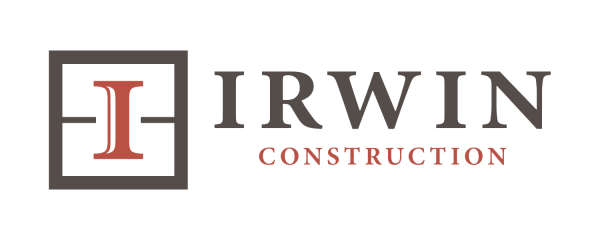
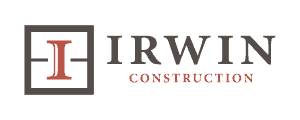
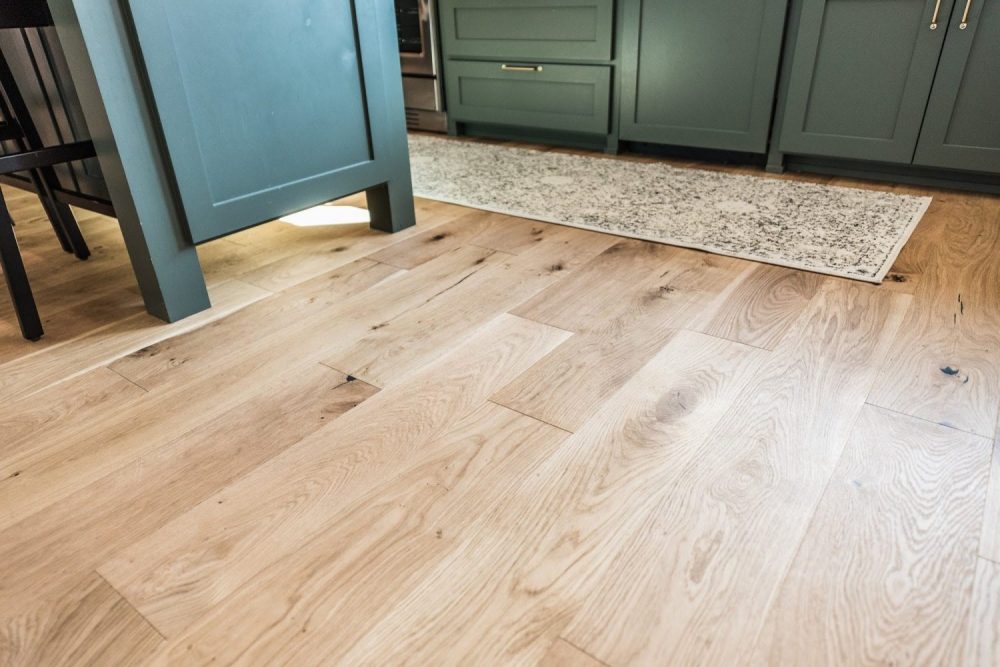
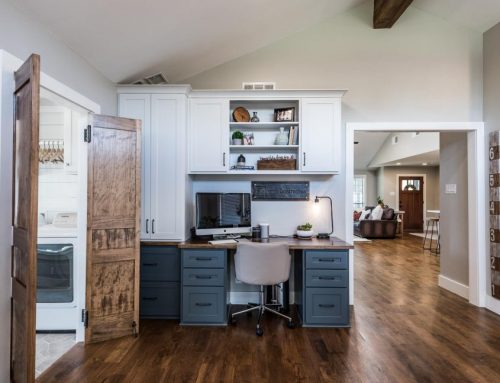
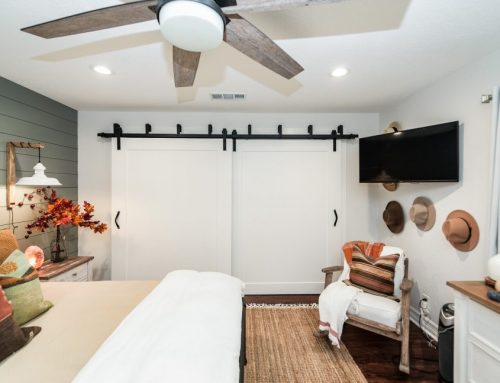
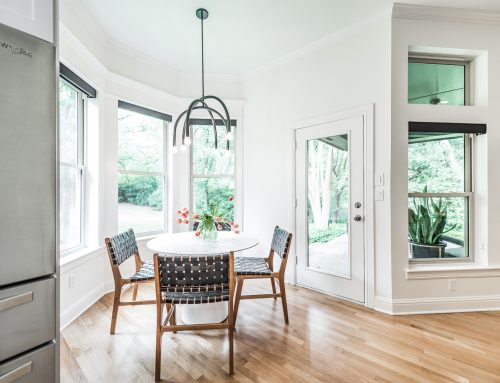
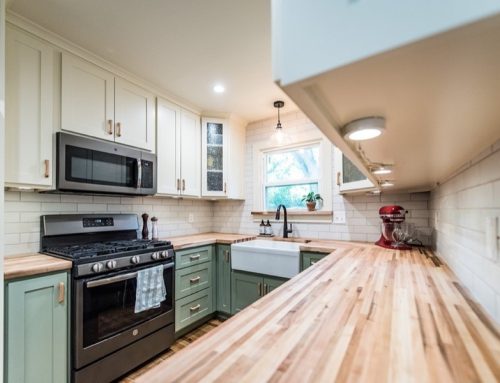
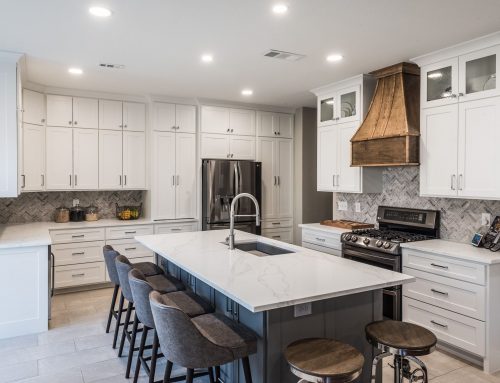
Leave A Comment